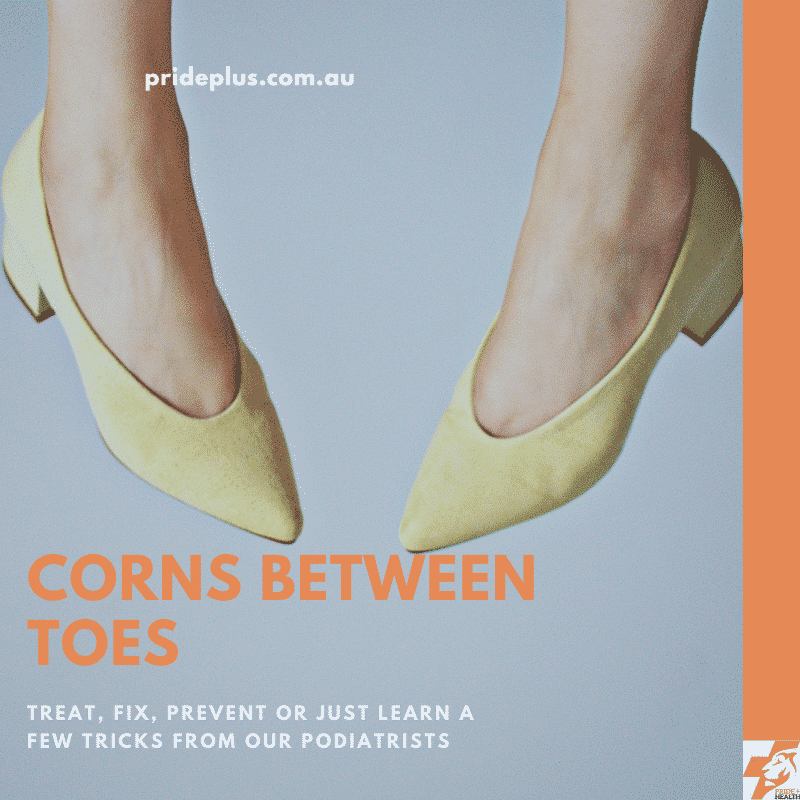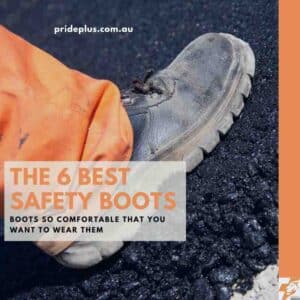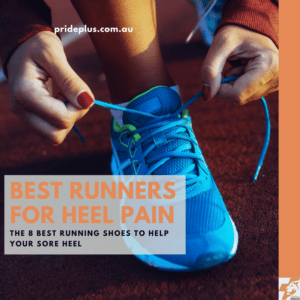Corns come in all shapes and sizes and can be found setting up shop in a variety of weird (but not wonderful) places! And a corn between toes is hardly wonderful.
Let’s get rid of your painful corn.
Book in with our podiatry team today.
A question I get asked on the daily as a podiatrist is “what’s the difference between hard skin (callus) and corns?“
To keep it brief, callus develops in areas where there is friction and excess pressures.
Calluses are your body’s way of building up a barrier of protective skin. Unfortunately our body does not know that the callus may contribute to pain in itself!
Common places you’ll find that thickened skin (calluses) are around the ball of the foot, toe tips and toe tops.
First comes the callus, then comes the corns!
With repeated friction, the layers of callus build up in that particular area and eventually escalate into forming a very hard diamond-shaped core. This is a corn. The central core has a tip that is very painful under direct pressure. There are different types of corns depending on where they occur as well as their appearance and characteristics.
For more corn talk, check out this piece by our very own Jasmine Jones: The Difference Between Foot Corns and Foot Calluses. And be warned, corns are very different beasts to treat compared to plantar warts although they do look very similar.
Holy moly, what’s that between my toes?!
What is that nasty pain between my toes?
Heloma molle (pronounced moly, rhymes with holy), a.k.a. a ‘soft corn’, usually causes the most problems between the 4th and 5th toes but can pop up between other toes too.
Above, I mentioned how corns appear in areas of high repetitive friction and pressure.
A corn between toes is no different.
Due to the shape of our toes and their close proximity to one another, the closed-in space in between them can develop more moisture and be quite a sweaty area.
Also the area is often neglected during a post-shower towel off, causing a spongy texture.
What happens when you add friction and pressure to all this? Voilà, a soft interdigital corn can appear, oh dear!
Example of what leads to a corn between toes
Role play this one with me.
Let’s say you’re wearing your favourite pair of shoes to work all week, or you’re trying to fit into that runner that feels a ‘smidge’ too tight. In them your toes are squashed, it’s a little bit warm that day and you unexpectedly have to park and walk further than planned…
Think rubbing, sweat, bony pressures… times that by a few too many times… and BAM💥, a corn! Ouch!
The shape of your toes and joints can also play a part.
Hammer toes, arthritic joints, trauma, anything that contributes to your two toes ‘kissing’ or rubbing together can develop that protective callus. The dreaded potential domino effect comes into play next, painful corns! Ouch!
Why is a corn between toes such an issue?
Firstly, they are downright painful!
But also:
- If left untreated you may develop a secondary bacteria or fungal infection.
- Untreated corns lead to damage of the deeper tissues and ulceration.
- You can develop compensating habits to avoid the pain while walking, causing secondary issues. Think knee or hip pain.
- The world can see the pain on your face, and if the wind changes… holy
mollemoly!
Some more questions we get on corns between toes
Can’t I just use over-the-counter medications to treat my interdigital corns?
A straight out answer to this is N.O. That’s N for ‘never’ and O for ‘or else’!
Over-the-counter medications can contain harsh non-selective damaging chemicals, typically salicylic acid.
This acid can all-too-easily injure the good skin surrounding the corn. Even corn plasters contain these strong acids so please be safe and see your podiatrist instead of taking the risk of corns ulcerating from these chemicals.
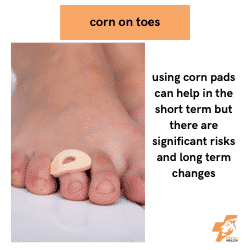
If you have diabetes or other underlying pathology, healing can be delayed and sensation may be altered, this can cause more problematic consequences.
If you’re really set on trying some home remedies:
- Avoid cream between toes as it increases moisture levels
- Make sure your shoes fit – too wide causes movement and rubbing, too narrow increases pressure!
- Avoid wearing the same shoes day after day, mix it up a little!
- Try implementing toe separators. These reduce friction between the toes, but the pressure needs to go somewhere. Be careful. Us podiatrists can make custom silicone toe separators for individual cases with a comprehensive look at your foot as a whole.
Is surgery ever needed for corns between toes?
Most corns are managed in clinic with your podiatrist and their expert advice.
Surgery is generally a last resort option used primarily when a structural deformity of the toes or foot is resulting in the repeated development of a corn and cannot be managed actively.
After interdigital corns have been treated, can they come back?
Like most things in life, it’s a great relief to fix a symptom, but if the cause isn’t addressed, the symptom certainly will return.
That means getting rid of that friction and irritation against the skin, whether that be with footwear, separators, skin care, socks, and/or regular podiatrist care.
When should someone seek professional treatment for a corn between toes?
Start your treatment now. As mentioned earlier on, long term untreated corns between the toes can get infected, lead to ulceration, and be a very big pain for their very small size that you are not going to want to put up with!
Let’s sum this bad boy up!
As podiatrists, we can help relieve the pain with sharp debridement using a scalpel and then a special drill to smooth off the area leaving a nice smooth finish. This is generally a painless treatment. We’re careful, precise and well practised.
Custom silicon separators and other offloading devices can aid in relieving the pressures between the two cheeky toes. And of course it wouldn’t be good advice if it didn’t include footwear advice! Believe it or not a change in shoe to suit YOUR foot can make ALL the difference. I’m not kidding, I’m not exaggerating, I’m actually trying to be confrontingly serious.
Find the right shoe for you. We’ll help you.
Holy moly, let us help you get that painful look off your face!
You can book in online with our podiatry team here.
Speed Round! Quick questions about corns on toes.
We love helping fix your painful corn between toes but we know you’ve got more questions than time. Let me rattle off the quick answers.
How to get rid of a corn between my toes?
See your podiatrist! You can soften the dead skin around a corn with warm water but please don’t go attacking all those layers of skin on your own. The risk of infection or even ulceration if you have poor circulation is just not worth it.
What is the best way to remove a corn from your foot?
The best treatment for corns is prevention. For this you can see your podiatrist. We’ll remove the corn, any dead skin, and address any foot deformity that is causing the corn in the first place. As a added bonus if you have any other foot problems like fungal infections we can get onto those at the same time!
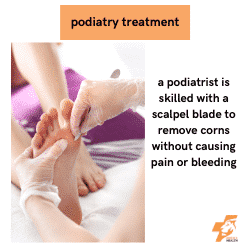
What can I do with this corn that has formed under my big toe nail?
It’s very rare to find a corn forming under a toenail. Usually there is not enough shear to develop a corn there, just direct pressure. There’s not any safe over the counter products to treat a corn under a toe, corn pads are definitely not safe to use. Even when you have soft skin around a corn you should see a podiatrist however when there is hard nail over the top this is definitely needed.
Can you have a corn on one side and not another?
As a corn is a common foot problem which develops when there is friction and pressure on your skin they are very often only on one side. Think of the difference between your two feet. Is one foot a little bigger than the other? Do you wear the same sized tight shoes on both? Do you have a bigger bony prominence on your right than your left? Any answer in the affirmative here is why it’s so common to have a corn on only one side.
Can I cut off a corn without cutting into the skin or will it bleed too much?
It’s risky to attempt cutting a corn out on your own. As a corn is made of of dead tissue that sits inside healthy living tissue you’d need to precisely scoop out (enucleate) the offending lesion. For that you’d want to have precision sterile equipment and a trained steady hand. The hand of a podiatrist.
I got a corn on my right big toe. What should I do?
Stop, breath. It’s going to be ok. First book in online or pick up the phone and call us podiatrists for that appointment. Then, we can do some things to make it as comfortable as possible until your podiatrist can remove the corn. Start with a soapy water bath to wash your feet and make your skin soft. Next, you can take a nail file and gently file back the overlying seed corns or hard skin. Be careful not to damage any fragile skin or the underlying healthy skin.
Next, wear your most comfortable shoes as you must avoid any ill-fitting shoe options until that corn is gone. Please avoid using a corn pad as they can damage the normal skin under and around the corn. They can also leave you with inflamed skin which is challenging to then enucleate a corn from.
About the Author

Your Emerald podiatrist Tanya Contis is passionate about feet. Whether it be a troublesome corn between toes or even a wart on your foot, Tanya knows just how annoying they are (and what you can do to fix them).

